I’ve read so many suggestions on how to ‘fix’ Dungeons & Dragons‘ combat, and by ‘read’ I of course mean ‘idly scrolled through online while wasting my life’. The problem is, a lot of these suggestions seem a lot closer to changing than fixing. Swapping out AC for a defensive modifier, incorporating a d6 instead of a d20, and the dreaded egg timers get suggested. At a certain point, it doesn’t feel like you’re playing D&D anymore.
Dungeons & Dragons is by far the most famous tabletop game in the world, and is the entry level experience for most people. Many will remain at this level, delving deeper into D&D instead of exploring wider. That’s mostly because D&D’s popularity makes it much easier to find groups and resources for, but also because (despite loud detractors and definite missteps from Wizards of the Coast) D&D is very good. People who feel the need to fix it would probably find those fixes exist in other games they would enjoy a lot more.
Combat Is Crucial In D&D
However, I’m still on the lookout for ways to improve my combat encounters in D&D. Though I prefer writing (and my tables prefer playing) narrative roleplay scenarios and puzzles, D&D is a Might Makes Right game. No one is interested in levelling up because it gives them a Persuasion boost. They want to use their cool new feats and attacks and spells, and thus they need something to use them on.
I’m happy to provide in this case. My more open adventure was even spawned from the idea of ‘roaming’ bosses, similar to the Psychopaths you can stumble upon in Dead Rising. My players won’t know until they’re in the thick of it whether a questline leads to a minor skirmish, no combat at all, some optional encounters, or a major boss battle they really should have been more prepared for. Making it more organic is another way in which I hope the combat experience can feel more engrossing, especially as it may mean fighting at lower health or with fewer spell slots, and needing to come up with a solution.
I’ve embraced a whole host of other typical combat ideas too – using difficult terrain, providing cover, introducing choke points, alternative elevation, and so forth. I’ve also tried to blend mindless meat sacks with more tactical enemies, allow for discussion (or trickery) to reach peaceful solutions, and bring in boons like a stagger bar or creative lair actions for the most important enemies.
I don’t think my table could ever be so slow that I would seek to drain all the fun out of the room by passive aggressively starting an egg timer each turn, but there is far more useful advice than useless advice out there, which brings me to my favourite idea yet – the single boss multiboss.
Minions Help Boss Battles, But They Can Get Boring
The nature of Dungeons & Dragons being a turn-based game means you can defeat any enemy you face as long as your group is big enough. With most tables having attendance issues, this can create problems for DMs who plan in advance. You want to test your eight-person party, and only four show up. The ones who are there get punished for the other half ditching, or you have to pitch the difficulty down on the fly.
And then what do you do – just take off some health? That may give them a fighting chance, but what about the multiattacks that will now strike a greater percentage of the party, or the attack damage, designed to be absorbed by double the number of hit points across from you? That’s where the single boss multiboss comes in.
Most boss encounters have mobs, ie little minions that fight alongside them. These are rarely even close to as powerful as the boss, but they may inflict status effects or simply distract the players from the main target. They may even need to be taken out before the boss becomes vulnerable. Most tropes become tropes because they work so well, but over a massive campaign the same ideas can get boring. So what if the boss was the minions, and the minions were the boss?
Adjusting Combat On The Fly Is A Crucial Skill For DMs
The single boss multiboss operates on the principle that mobs are simply part of a singular whole. As far as the players are concerned, they’re fighting one thing. One boss in one square – it’s one enemy. But mechanically, it’s actually five weaker enemies combined. This means it has five Initiatives (and thus has five turns per round, underlining its power to the players), five health bars (combined as far as the players know into one pool), and has five different attack options (or possibly is just the same enemy five times, with the DM picking the best approach each time).
In the reality of the game, the players are still just fighting one specific boss in one specific square. But by running it as several, it seems like a much faster, much stronger enemy than it would have been with four minions supporting it, even though the challenge is exactly the same. Plus, if only half your group shows up, you can just remove two of the five enemies and also wish you started this example with an even number. Much easier to adjust, more entertaining to play, and with no real impact on how ‘hard’ the fight is, it’s an excellent way to freshen up D&D combat while making sure it still is D&D combat.
As with anything, this technique can’t be overused. If it ever becomes the standard way to play it will lose its impact as something fresh. But sparingly, this is a great way to give bosses an extra level of importance without contorting D&D’s rules beyond recognition. It won’t actually make fights go any faster though, so you’ll have to keep fighting the temptation to reach for the egg timer.

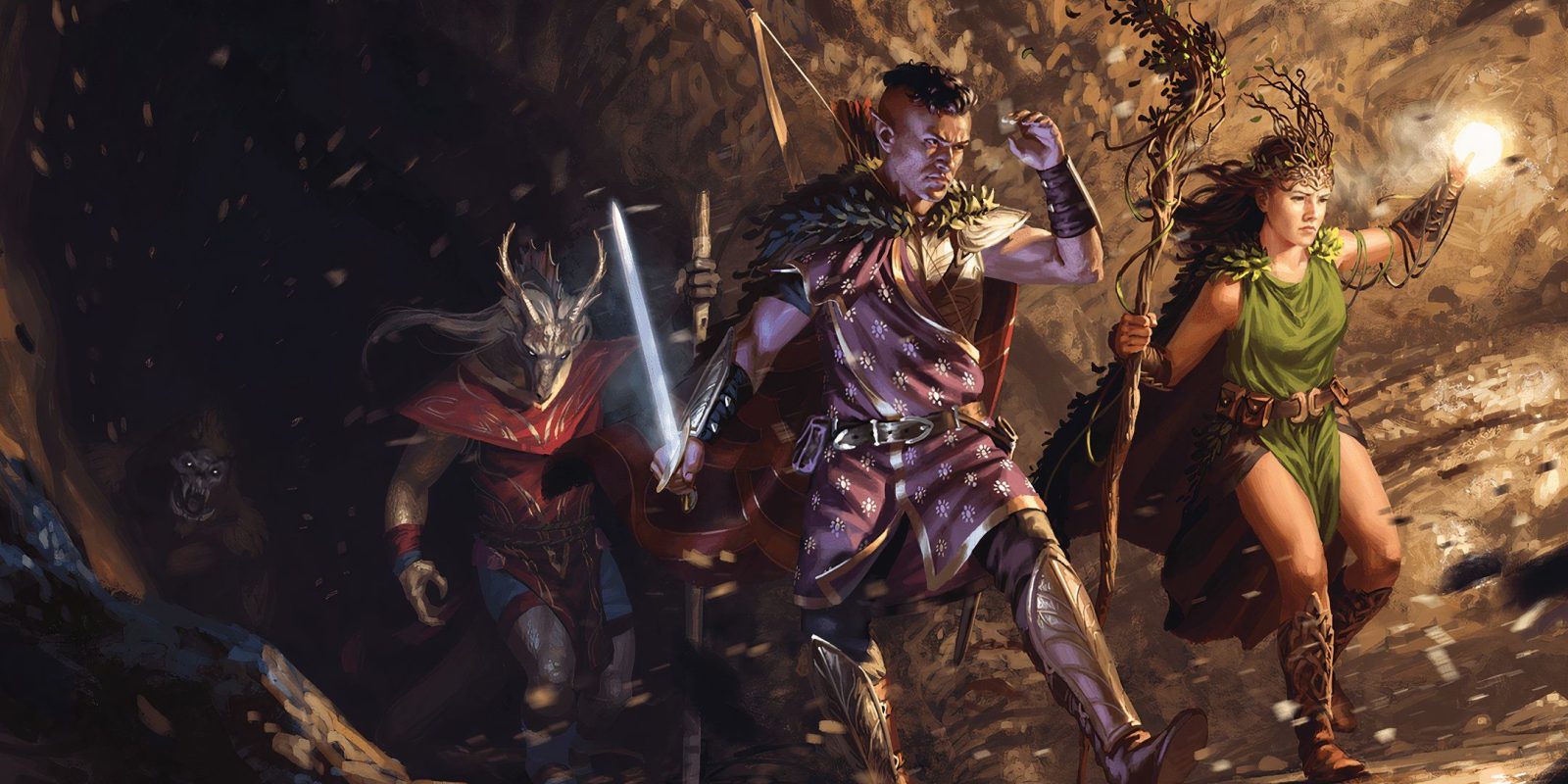
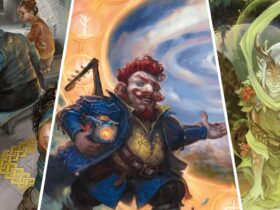
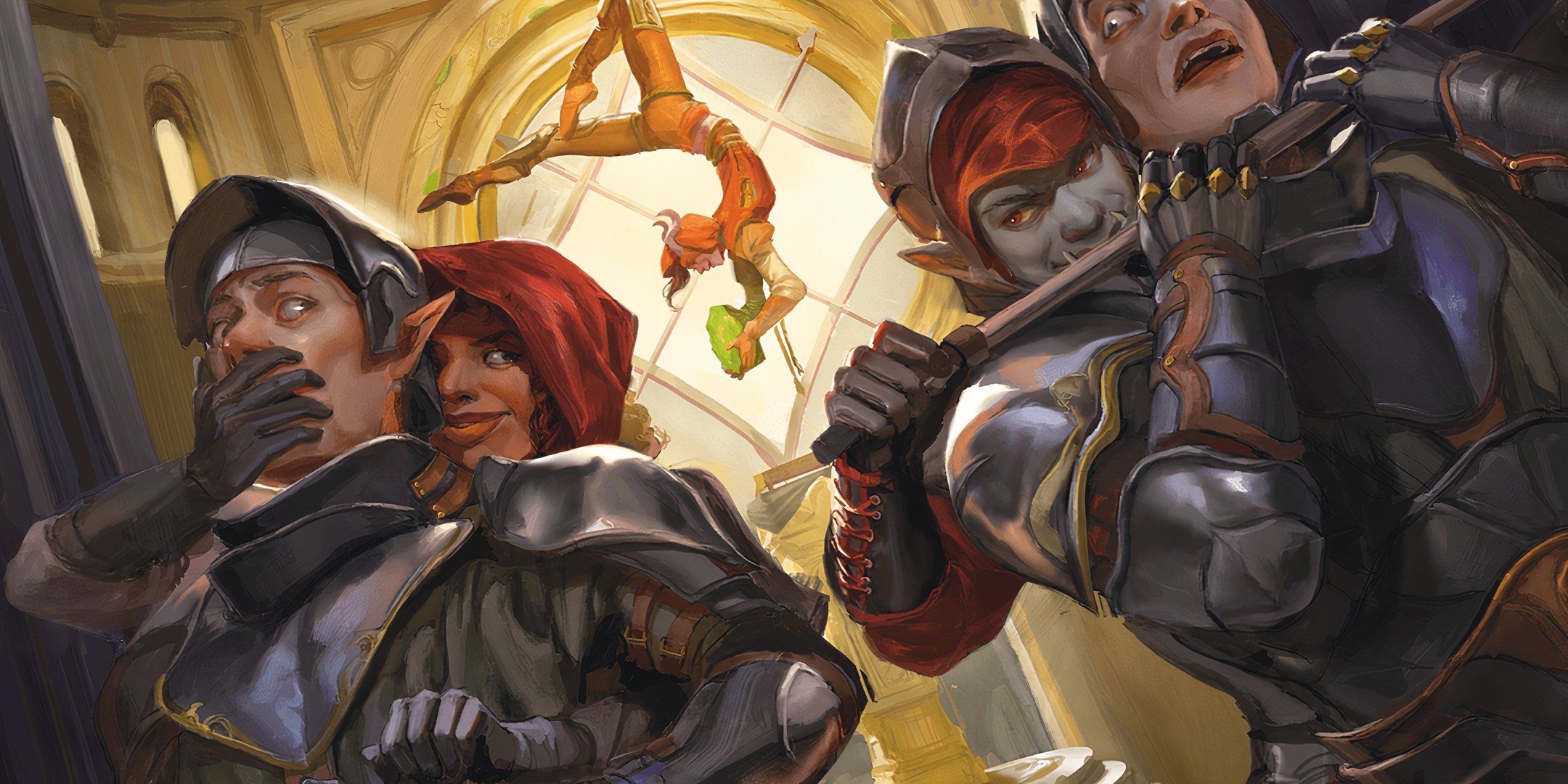
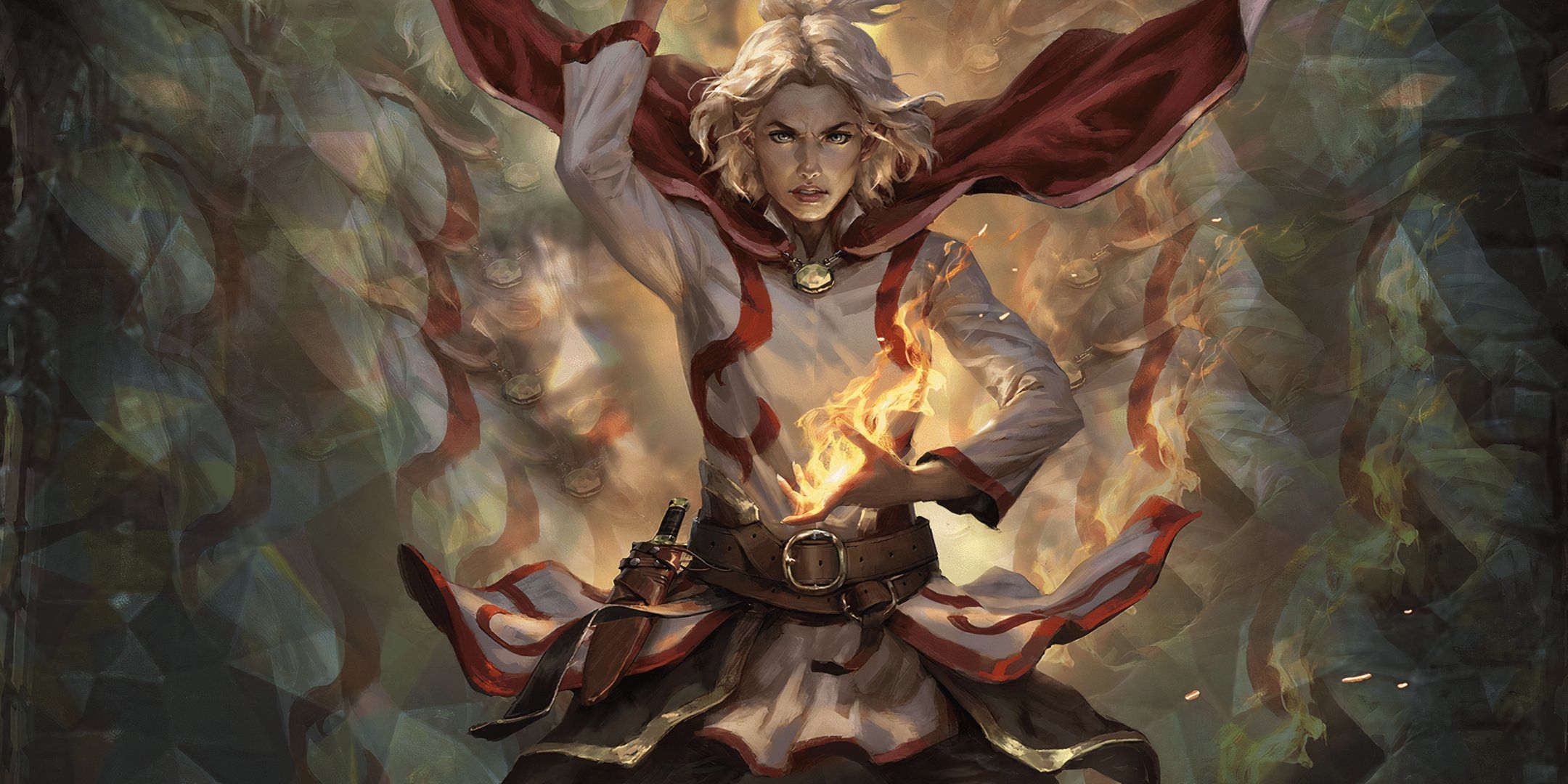
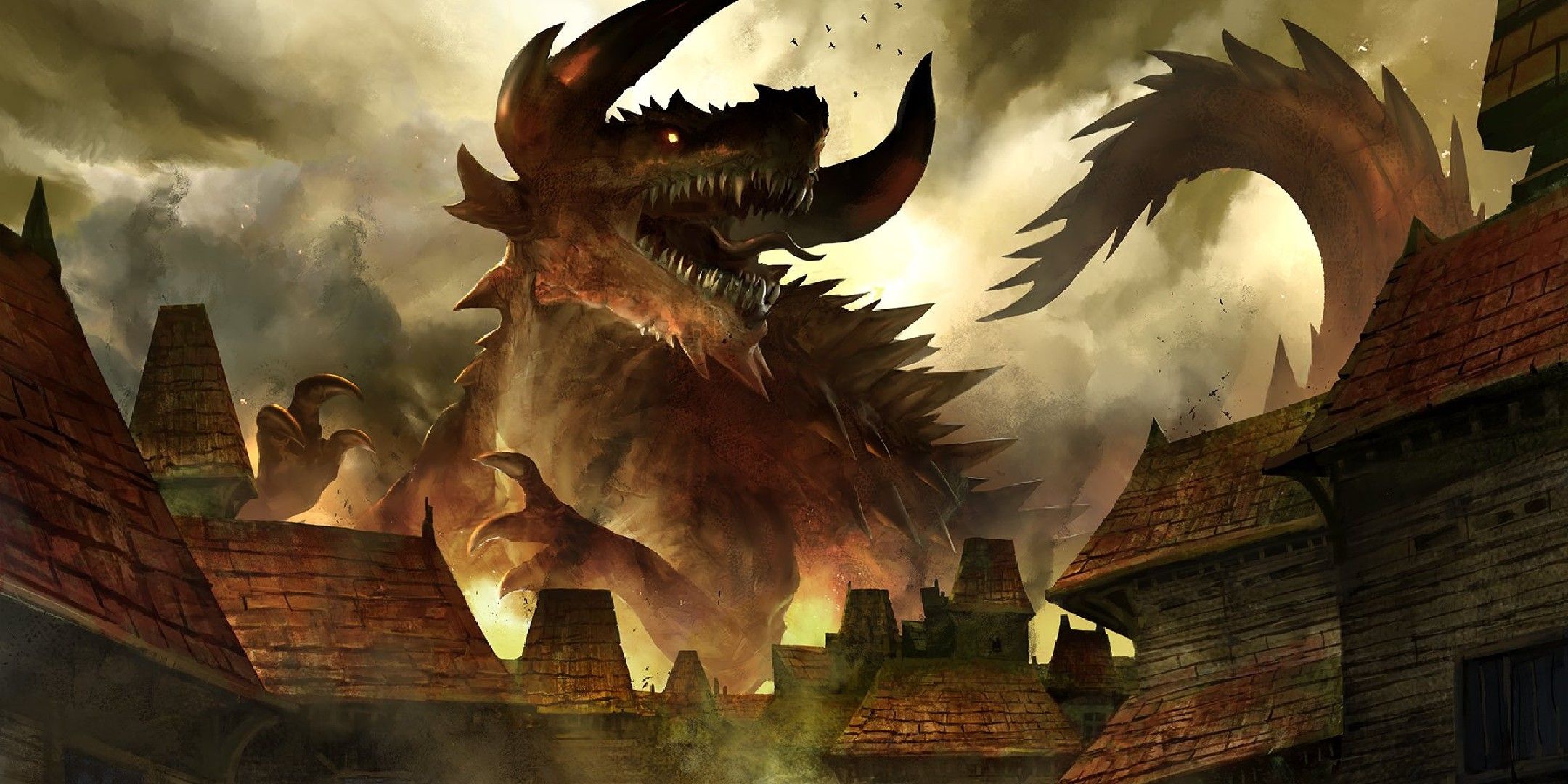

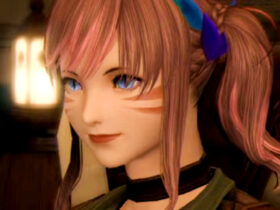

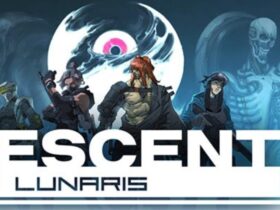

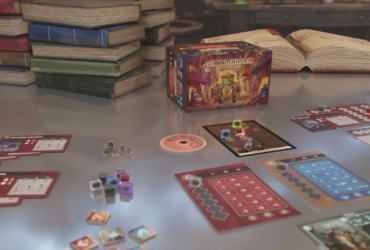
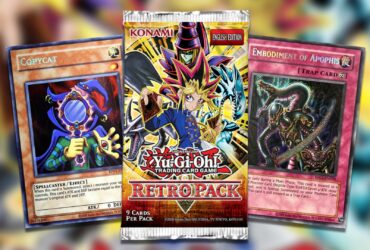


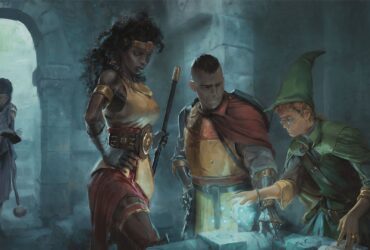
Leave a Reply